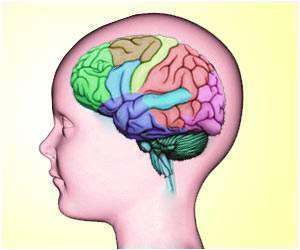
The study, Essential Interventions, Commodities and Guidelines for Reproductive, Maternal, Newborn and Child Health, is designed to facilitate decision-making in low and middle-income countries about how to allocate limited resources for maximum impact on the health of women and children.
The study reviewed 50,000 medical papers to determine the proven effectiveness of interventions and impact on survival, identifying 56 essential inventions.
Some of the interventions included managing maternal anaemia with iron, preventing and managing post-partum haemorrhage, immediate thermal care for newborns, extra support for feeding small and preterm babies and antibiotics for the treatment of pneumonia in children.
PMNCH which has 440 partners, including countries, UN and multilateral agencies, non-governmental organizations, health groups, foundations, academic and research institutions, and the private sector, will distribute this essential list through its global network and actively advocate for its use.
A condensed version on a simple, hand-held slide ruler for instant reference is currently under development.
Advertisement
"It has been more a question of putting together information in a different way and building consensus among physicians, scientists and professional organizations to lay out an evidenced-based path to help women before, during and after birth and their children. Everyone now agrees on the 56 essential interventions," she said.
Advertisement
"What came back was a hodge-podge," Zulfiqar Bhutta, the leader of the study, said.
"PMNCH partners had very different ideas of what should be undertaken," Bhutta said.
In all, 142 interventions were assessed for their effectiveness and impact on survival by addressing the main causes of maternal, newborn, and child mortality.
Bhutta, Mason and their team also studied the intervention suitability for use in low- and middle-income countries.
They asked what health and outreach workers with limited training could handle at the community level where specialized care is not available. They identified what could be handled in community settings by nurses, midwives and workers with more training. They also identified which patients need to be referred to hospitals where physicians and emergency care are available.
After very extensive consultation and review by a wide group of experts, the list was honed down to 56 essential interventions, accompanied by brief guidelines and reference materials.
"We now have a clear consensus, critical for the survival of women, their infants and children," Carole Presern, Director of The Partnership for Maternal, Newborn and Child Health, said.
"This was a meticulous effort involving many partners. It is truly a landmark moment in advancing the health of women and children," Presern said.
The interventions have been classified according to three levels of required care, firstly, care that can be provided at the community level by community health workers, outreach workers, and volunteers with limited training.
Secondly, primary care, also delivered in the community at a clinic by professionals, nurses, midwives, community health workers, with more training and lastly, referral care provided by physicians and skilled nurses and midwives in a hospital able to do Caesarian sections and provide emergency care.
The interventions have also classified according to six target groups - adolescent and pre-pregnancy, pregnancy, childbirth, postnatal (mother), postnatal (newborn) and infancy and childhood.
"I'm sure that this research will help to reduce deaths among mothers, newborns and children and will help direct funds and resources to concerted action based on the best evidence for impact," Bhutta added.
Source-ANI









